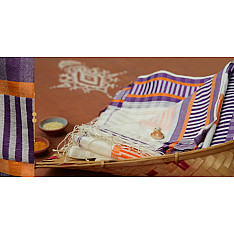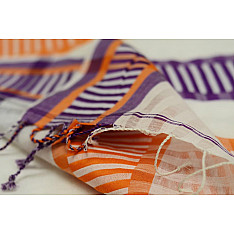मालिनी . Malini ~ Calcutta Cotton * Silk { ১ }
- Availability: Out Of Stock
- Made & Mkt by: Siddhant Beriwal
- Product Code: 4074-SS6
- Weight: 550.00g
- Dimensions: 0.00cm x 0.00cm x 1.00cm
Rs.2,125
Bengal cotton/Silk, as the handloom weaving is popularly called, the motifs were once compared to flowers (Jam), the fabric being the container (dani)… and yes they do carry the fragrance of the soil in them…
The typical dispatch time is 2-3 days; however, in special cases, it may take longer. Please refer to the product details section for specific timelines. Once dispatched, we will share the tracking details with you.
For returns, you can file a request within 24 hours of receiving the product. If the package is damaged, please make a video while unboxing and share images of the damaged item along with your return request.
9328006304 ( WhatsApp )
The Nadia district of West Bengal is a famous center of Vaishnavism. It is best known to devotees as the residence of Sri Advaita Acharya. After Lord Chaitanya Mahaprabhu renounced material ways of life, Sri Nityananda Prabhu accompanied him on a trip to Jagannath Puri via Nadia.

The principle deity of Nadia is Radharaman, who has been worshipped for many years by the family of Baro Gosai, descending from Mathuresh Goswami. The Deity was originally installed in Orissa by King Indradyumna, as a single image of Krishna named Dol Govinda. But when the king of Yessore (now in Bangladesh) attacked Orissa, he brought the Deity back with him to his capital.

Later, during the reign of Mughal emperor Akbar, Yessore came under siege and during the reign of King Pratapaditya the priest of the temple gave the Deity to his own guru, Mathuresh Goswami, to protect it during the time of unrest. The Goswami, realizing the gravity of the situation, took Dol Govinda to his ancestral home in Nadia, where he reinstalled the Deity in a new temple. Srimati Radha was later installed alongside Dol Govinda and together they were named Radharaman.

While much could be said about the glories of Sri Krishna and Srimati Radharani in their various Forms and Abodes here in the district of Nadia, there is one more thing the place is famous for; the beautiful Bengali Jamdani Sarees. These sarees have been hand loomed here since ancient times. The art of weaving is one of the primary Vedic Arts of the region. Known as ‘suci-vaya-karma’, the art of needlework and weaving is one of the sixty-four transcendental arts of Srimati Radharani… the sixty four skills, as mentioned in Kamasutra as the quintessential skills men and woman need to learn to become adept at the arts of seduction… or to gain complete mastery over your entire life.

After the partition of India, many weavers came from Dhaka, Bangladesh and took up residence here in the Nadia district in India. They were attracted not only for religion or politics, but because the belt was an ancient seat of weaving. The belt of Nadia has a history as a seat of Sanskrit literature and Vedic learning dating back to the 9th Century. The first recorded references of handloom weaving are over 500 years old.
The origin of the Jamdani is shrouded with mysteries. In another reference Megasthenes, Greek ambassador in Chandragupta Maurya's court, speaking of the costumes of the people of India, writes: "their robes are worked in gold, and ornamented with various stones, and they wear also flowered garments of the finest muslin”. “No conventional ornament is probably more ancient than the colored stripes and patterns we find on Indian cotton cloths," says G. C. M Birdwood, on the testimony of Megasthenes. We may hold that these flowered garments of the finest muslin, which came to be known as the Jamdani in the Mughal period, can be traced far back to the Maurya period (c.321-185 BCE) or even earlier.

The word Jamdani is of Persian origin, deriving from 'Jam', meaning flower, and 'Dani', a vase or a container because of the pattern generated through weaving. The earliest mention of Jamdani and its development as an industry is found in Dacca, but after partition Shantipur, Kalna and Fulia flourished as strong weaving centers and weavers added a new jest to the handloom weaving scenario in Shantipur region. They developed their own version of the Dhakai, called ‘Tangail Jamdani,’ a combination of Shantipur and Tangail styles.
The Tangail Jamdani is similar to the Dhakai Jamdani, both include interlocking extra weft cotton yarn to produce floral or geometric motifs. However, the first one has a softer feel and sparser distribution of motifs.
The major difference between Kalna Tangail Jamdani and Fulia Tangail Jamdani is that the later incorporates vibrant colors and large, intricate designs woven in double jacquard, whereas in kalna the Jamdani is completely hand done pick by pick.

A true authentic Jamdani Saree is woven without using a Jacquard machine. The weaver uses fine needle-like spindles to conjure magic with extra weft work that can rival the most intricate embroidery.
The adjoining areas of Nadia, Shantipur and Kalna had a tradition of fine muslin yardage weaving, with 600 s yarns being used. However, at present there is no major muslin weaving activity in Shantipur. The finest muslins are still woven in Kalna, across the Ganga. Nadia, Sahntipur and Kalana have more than 125,000 handlooms in operation, but sadly the young generation is reluctant to take-up the profession.
Jamdani….

These diaphanous pieces of fabric are absolute ethereal delights… a touch of feather around your neck. Bengal Jamdani, as the handloom weaving is popularly called, the motifs were once compared to flowers (Jam), the fabric being the container (dani)… and yes they do carry the fragrance of the soil in them…
| Craftsmen | |
| Made by | Women artisans working with Siddhant Beriwal |
| Village | West Bengal |
| Material | |
| Made of | Silk & Cotten |
Think of Gujarat and vibrant images flash across the mind… the exhilarating Garba, decorated camels in the great Rann and everyone clothed in col..
Rs.1,000
Think of Gujarat and vibrant images flash across the mind… the exhilarating Garba, decorated camels in the great Rann and everyone clothed in col..
Rs.1,000
Think of Gujarat and vibrant images flash across the mind… the exhilarating Garba, decorated camels in the great Rann and everyone clothed in col..
Rs.1,000
Think of Gujarat and vibrant images flash across the mind… the exhilarating Garba, decorated camels in the great Rann and everyone clothed in col..
Rs.1,000
Think of Gujarat and vibrant images flash across the mind… the exhilarating Garba, decorated camels in the great Rann and everyone clothed in col..
Rs.1,000
Think of Gujarat and vibrant images flash across the mind… the exhilarating Garba, decorated camels in the great Rann and everyone clothed in col..
Rs.1,000
The future belongs to those who believe in the beauty of their dreams. -Eleanor RooseveltGoing against tradition, a man decided to create his own dest..
Rs.11,500
Think of Gujarat and vibrant images flash across the mind… the exhilarating Garba, decorated camels in the great Rann and everyone clothed in col..
Rs.2,500
Man, an eternal traveler has traversed landscapes... on foot, on his rides, on flights in search of better lands, wealth and at times merely for wande..
Rs.1,070
Think of Gujarat and vibrant images flash across the mind… the exhilarating Garba, decorated camels in the great Rann and everyone clothed in col..
Rs.2,500
What day or date it is cannot be said with certainty because every day on the streets of this village, in its by-lanes and fields, at the porch of eac..
Rs.2,000
Long time ago, there was a king of Sindh, who like any other king, was fond of royal luxuries and used to sleep on a new bedspread everyday. One day, ..
Rs.2,400
Phad PaintingIn the heart of Rajasthan, where the golden sands meet the
azure skies, a vibrant tradition comes to life through the strokes of skilled..
Rs.2,789
Spring tickles my feet as love soaks this air,Is it a new reason to live, or just this excuse of the fair.I can wait to look my best, as I embrace the..
Rs.1,800
Gathering commences in the middle of deserted pavilions where velvet carpets adorn the Dessert lands & Manganiyars play folk music as a bugle for ..
Rs.512 Rs.1,025
Gathering commences in the middle of deserted pavilions where velvet carpets adorn the Dessert lands & Manganiyars play folk music as a bugle for ..
Rs.512 Rs.1,025
Gathering commences in the middle of deserted pavilions where velvet carpets adorn the Dessert lands & Manganiyars play folk music as a bugle for ..
Rs.512 Rs.1,025
Gathering commences in the middle of deserted pavilions where velvet carpets adorn the Dessert lands & Manganiyars play folk music as a bugle for ..
Rs.512 Rs.1,025
A familiar chatter swells in the air as feet chase the trail of a carelessly flying odhani in the by-lanes of Bhuj, spilling colors all over. While&nb..
Rs.3,070 Rs.3,412
A familiar chatter swells in the air as feet chase the trail of a carelessly flying odhani in the by-lanes of Bhuj, spilling colors all over. While&nb..
Rs.9,310 Rs.10,345
A familiar chatter swells in the air as feet chase the trail of a carelessly flying odhani in the by-lanes of Bhuj, spilling colors all over. While&nb..
Rs.3,460 Rs.3,845










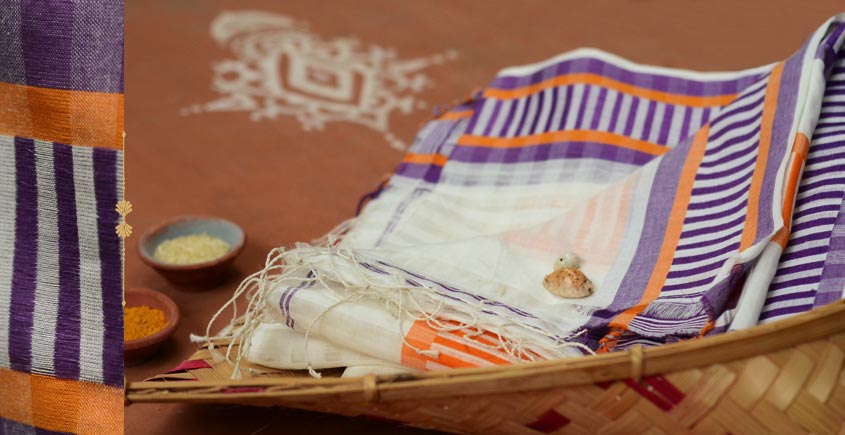
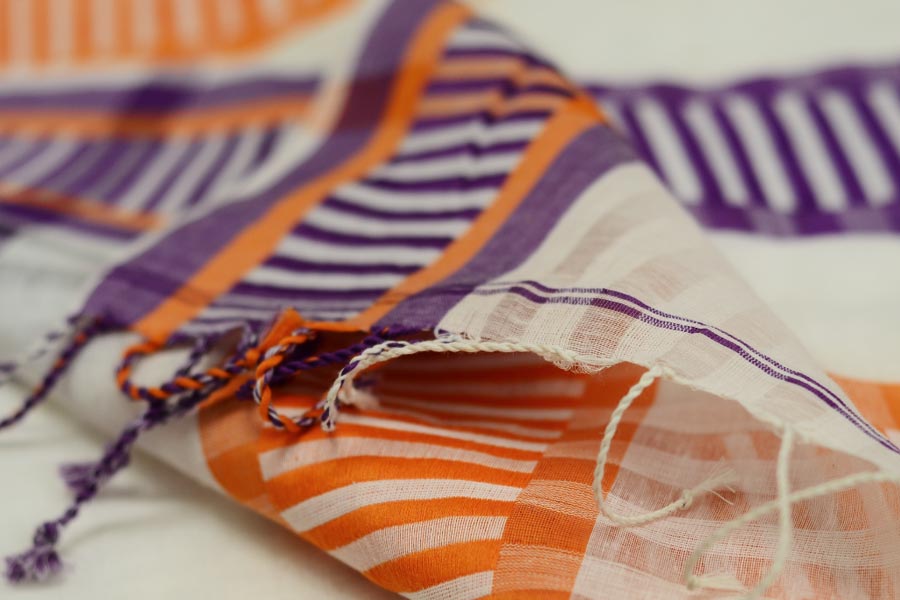
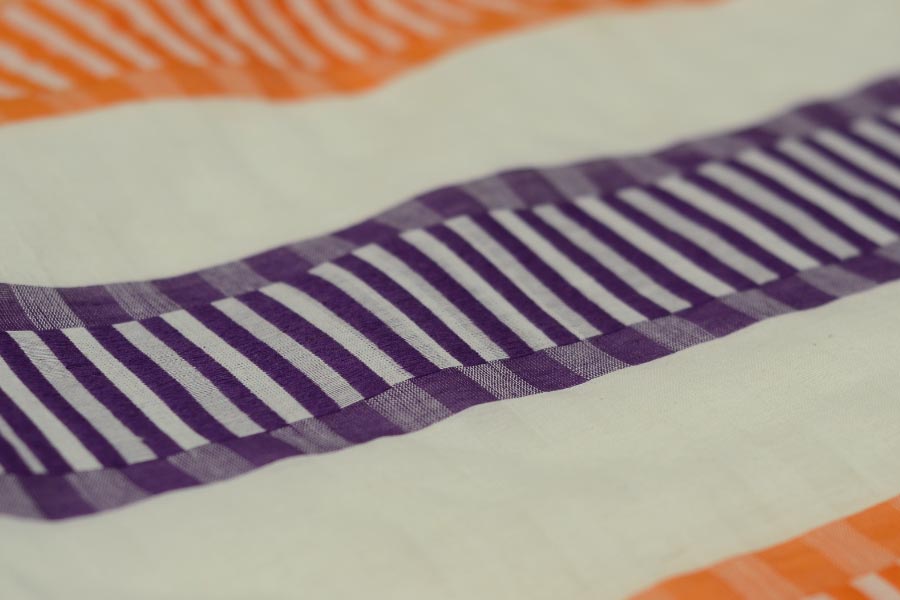
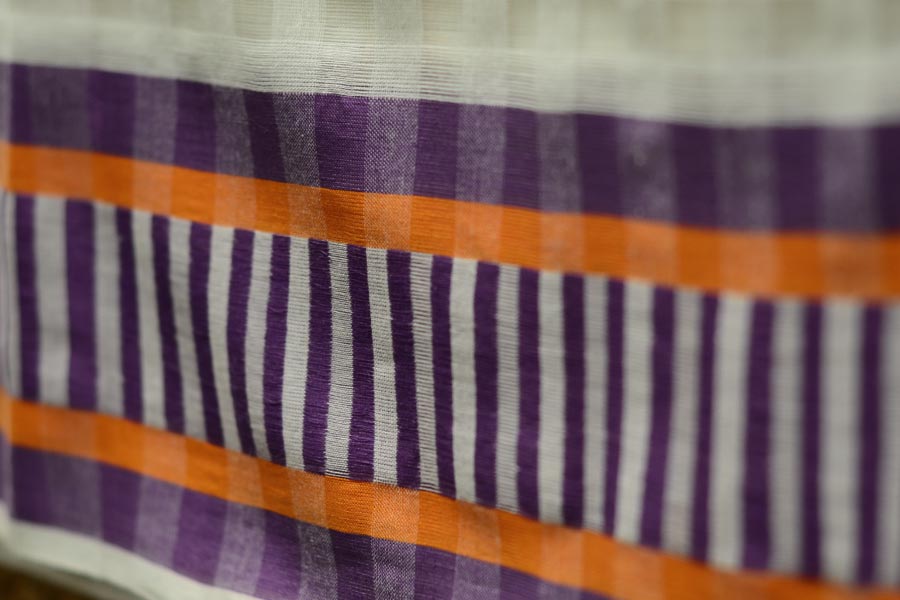
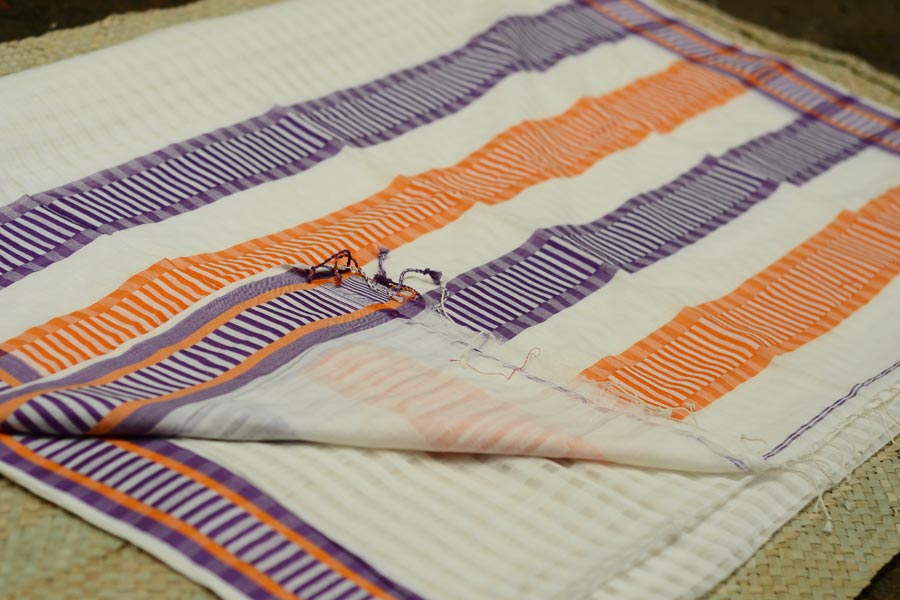
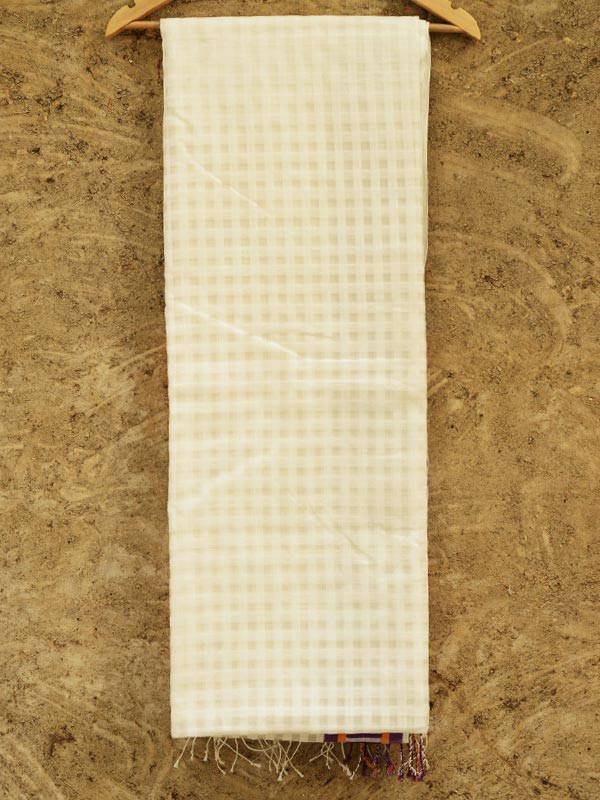







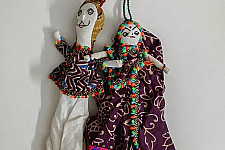
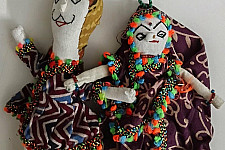
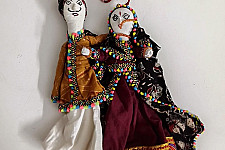
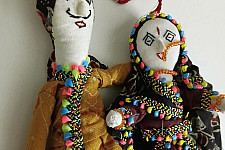
-225x150w.jpg)
-225x150w.jpg)
-225x150w.jpg)
-225x150w.jpg)
-225x150w.jpg)
-225x150w.jpg)
-225x150w.jpg)
-225x150w.jpg)
-225x150w.jpg)
-225x150w.jpg)
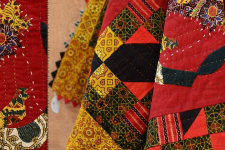
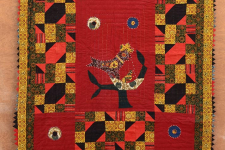
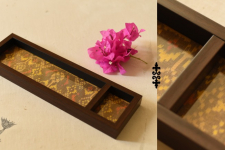
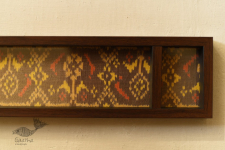
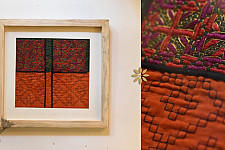
-225x150.jpg)
-225x150w.jpg)
-225x150w.jpg)
-225x150w.jpg)
-225x150w.jpg)
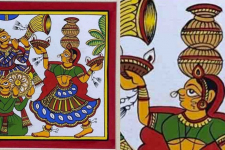
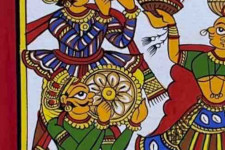
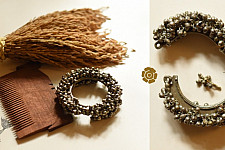
-225x150w.jpg)









-225x150w.jpg)

-225x150w.jpg)

-225x150w.jpg)
